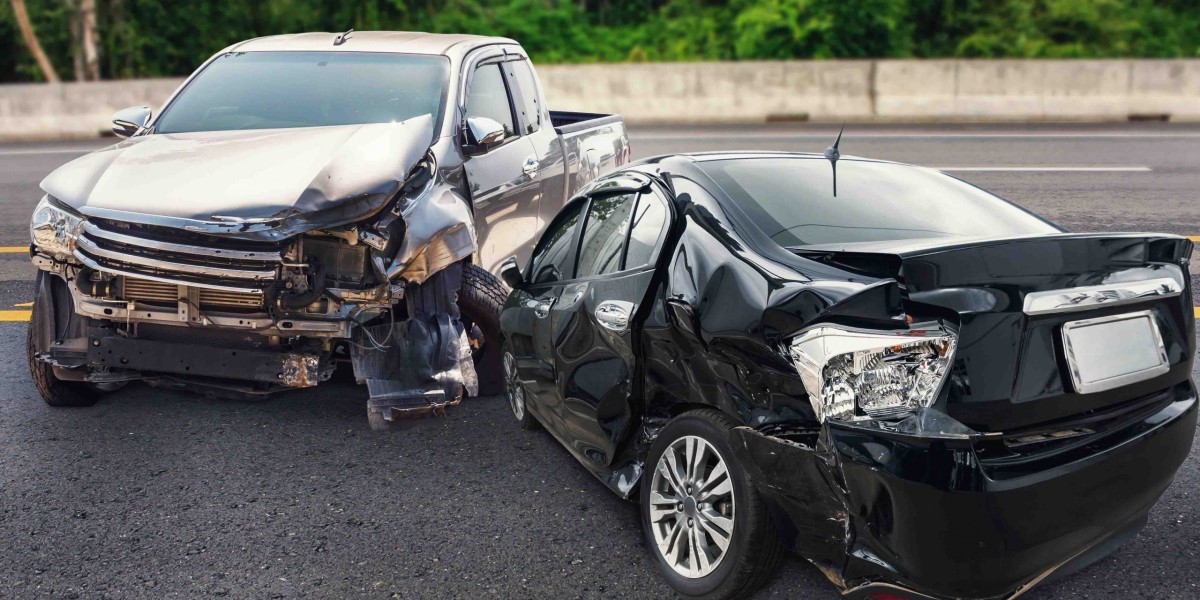Every car reaches a point when it can no longer serve its owner well. That moment is not an ending—it is a chance to give the vehicle a greener future. Old engines and parts can be transformed into raw materials and clean substitutes for new manufacturing. This path supports energy savings, cuts pollution, and makes good use of land that might otherwise become waste. This article explains how scrapping cars and engines in Australia serves the environment, the steps involved, the challenges we face, and how each of us can take part in creating greener endings.
1. The Landscape of Vehicle Waste in Australia
Australia retires approximately 850,000 vehicles each year, producing around 1.36 million tonnes of waste. Unfortunately, only 70% of that is recycled; the remainder often ends up in landfill or improperly stored, which can harm the environment.https://www.carremovalsydney.com.au/
2. What Happens When Engines Reach End of Life
When a vehicle reaches the end of its road life, responsible dismantling follows a clear process:
Fluids such as oil, coolant, brake fluid and fuel are carefully drained to avoid soil and water contamination.
Engines and parts that remain in good shape are removed, tested, and made available for other vehicles.
The remaining body—mainly metal—is sorted and sent to recycling facilities for remelting.
Materials such as plastics, glass and rubber are separated and given new life as construction materials or new products.
3. Recycling Engines and Materials Drives Big Energy Savings
Recycling has a tangible impact in lowering energy use and emissions:
Aluminium recycling uses as little as 5% of the energy needed for new production.
Steel recycling cuts energy use by about 60 to 74% compared with producing from ore.
Turning one tonne of steel scrap into new steel saves around 2.5 tonnes of CO₂ emissions—about the emissions from driving 1,000 km.
Every tonne of recovered metal helps avoid extensive mining and transport, preserving natural resources and reducing harmful emissions.
4. Recycling Beyond Metal
The engine is not the only part that matters. Other vehicle components can be repurposed:
Glass can be recycled into new jars or windows.
Rubber tyres can become playground padding or road surfacing.
Plastic parts—dashboards, trims, bumpers—can be melted and reused in garden tools or furniture.
Used engine oil, when recycled, can be burnt as fuel or refined into new products, preventing water pollution—a single gallon dumped can pollute over a million gallons of water.
5. Cracking Challenges in Raising Recycling Rates
Despite the benefits, several obstacles stand in the way of higher recovery levels:
The vehicle recycling industry in Australia is fragmented, without a national system.
Non-metal materials like plastics, glass, and rubber often lack proper processing options and end up in landfill.
Australia recycles only about 70% of vehicle mass, lagging behind the 95% recovery rates seen in the United States.
6. Aiming for a Circular Automotive Economy
Vehicle recycling embodies the circular economy mindset—where materials are reused rather than wasted. Australians are growing in their support for this approach, with rising resource recovery rates nationally. With engines and parts reused, raw materials conserved, and emissions cut, vehicle recycling serves local communities while fostering greener practices.
7. What You Can Do Locally
If you own a vehicle that no longer runs, there is both a practical step and an environmental one. Many people look up Car Wreckers Sydney to locate a service that collects old vehicles and ensures they are dismantled and recycled properly. This choice avoids dumping, clears space, and turns old parts and metals into new resources.
8. A Thoughtful Way to Dispose of Old Cars
Owning an ageing or non-running vehicle can feel burdensome, especially when you do not know what to do next. One option is to engage a local service that handles removal and recycling responsibly. For example, services that specialise in car collection can visit your property, take the vehicle, manage hazardous materials, and make sure that reusable metals and parts get directed into recycling. This approach gives a peaceful end to a vehicle’s life—and supports environmental care.
9. Moving Toward A Better Future for Recycling
Australia is moving closer toward more effective vehicle recycling through calls for national standards and product stewardship models. Authorities and industry bodies such as the Federal Chamber of Automotive Industries (FCAI) and Motor Trades Association of Australia (MTAA) are developing frameworks to increase material recovery, prevent waste leakage across state lines, and reduce landfill burdens.
Conclusion
Even when an engine stops running, its materials can begin a fresh cycle of use. Scrapping vehicles and engines the right way keeps harmful fluids from nature, recovers metals, glass, rubber, and plastics for reuse, and slashes energy use and emissions. It aligns with a vision of a circular economy—where waste becomes a resource and communities benefit. When your old engine reaches its end, choosing responsible removal and recycling makes every conclusion a green beginning.






